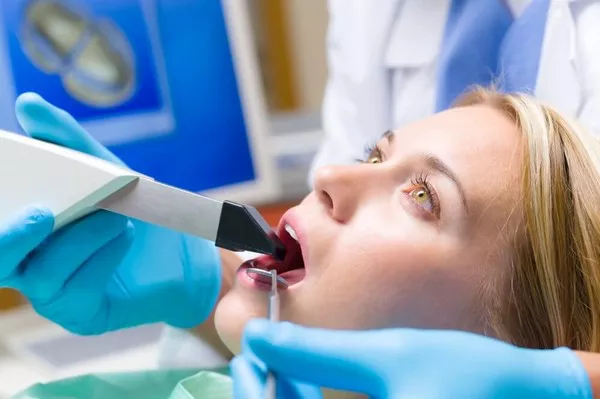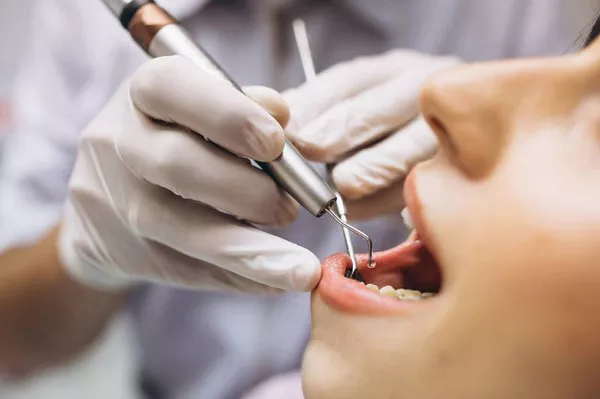Wisdom teeth removal is a routine dental procedure undergone by many individuals to address concerns such as impaction, crowding, or potential oral health complications. A commonly observed post-operative phenomenon is cheek swelling, leaving patients curious about the reasons behind this occurrence. In this comprehensive guide, we delve into the intricacies of why cheeks get swollen after wisdom teeth removal, shedding light on the physiological processes and offering insights into managing this common aspect of recovery.
Understanding Wisdom Teeth Removal: A Brief Overview
The Nature of the Procedure: Wisdom teeth, also known as third molars, are often removed due to issues such as impaction, insufficient space, or potential complications with oral health. The surgical process involves extracting these teeth to promote overall oral well-being.
Post-Operative Changes: Following wisdom teeth removal, patients may experience various post-operative effects, including swelling of the cheeks. Understanding why this swelling occurs is essential for managing discomfort and ensuring a smooth recovery.
The Swelling Mechanism: Physiological Processes at Play
Inflammatory Response: Cheek swelling is primarily a result of the body’s natural inflammatory response to the surgical trauma. The removal of wisdom teeth creates wounds or sockets, triggering an immune reaction to initiate the healing process.
Blood Clot Formation: To protect the surgical sites and facilitate healing, blood clots form in the sockets where the wisdom teeth were extracted. The influx of immune cells and blood to the area contributes to localized swelling.
Immediate Post-Surgery Period: Heightened Sensitivity
First 24-48 Hours: Cheek swelling is most pronounced during the initial 24-48 hours after wisdom teeth removal. This period marks the peak of the inflammatory response as the body actively engages in the healing process.
Cold Compress Application: Applying a cold compress to the affected cheek during these initial hours can help mitigate swelling by constricting blood vessels and reducing the inflammatory response.
Contributing Factors: Understanding Variability
Individual Differences: The degree of cheek swelling varies among individuals. Factors such as the complexity of the extraction, the presence of impaction, and individual variations in the inflammatory response contribute to the variability in post-operative swelling.
Proactive Management: While some degree of swelling is expected, proactive management strategies can help minimize its impact. Following post-operative care guidelines, including prescribed medications and cold compress application, can contribute to reducing swelling.
Managing Cheek Swelling: Practical Approaches
Prescribed Medications: Dentists often prescribe anti-inflammatory medications to manage post-operative swelling. Adhering to the prescribed dosage and schedule is crucial for effective control of inflammation.
Cold Compress Application: Applying a cold compress intermittently to the affected cheek during the first 24-48 hours helps constrict blood vessels and alleviate swelling. It is essential to use a cloth or towel to avoid direct contact with the skin.
Post-Operative Care: A Comprehensive Approach
Gentle Oral Hygiene Practices: While cheek swelling is a common occurrence, maintaining oral hygiene is crucial. Gentle brushing, avoiding the surgical sites, and using a prescribed mouthwash contribute to overall oral health during the recovery period.
Follow-Up Appointments: Regular follow-up appointments with the dentist enable monitoring of the healing process, assessment of swelling reduction, and adjustments to the post-operative care plan if needed.
Conclusion: Navigating the Swell for a Smoother Recovery
In conclusion, cheek swelling after wisdom teeth removal is a normal and expected part of the post-operative process. Understanding the underlying physiological mechanisms, including the inflammatory response and blood clot formation, provides insight into why this swelling occurs.
While cheek swelling is a common occurrence, its intensity and duration can vary. Proactive management, including prescribed medications, cold compress application, and adherence to post-operative care guidelines, contributes to minimizing swelling and ensuring a more comfortable recovery.
Embracing the temporary nature of cheek swelling as part of the body’s healing response and actively participating in a comprehensive post-operative care plan pave the way for a smoother recovery journey after wisdom teeth removal.
What Causes Bad Breath After Wisdom Teeth Removal
When Can You Start Chewing After Wisdom Teeth Removal
How To Care After Wisdom Tooth Extraction































